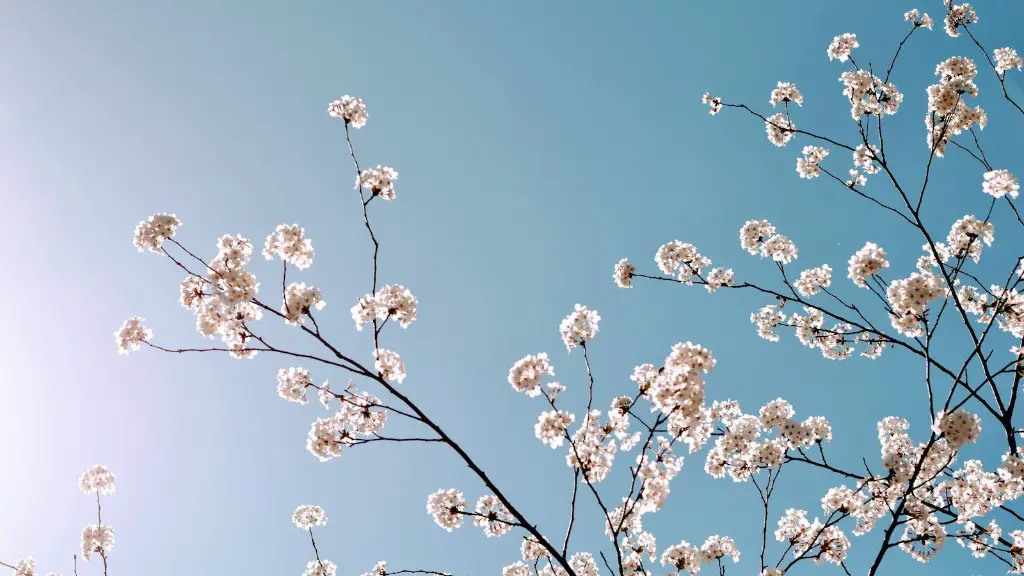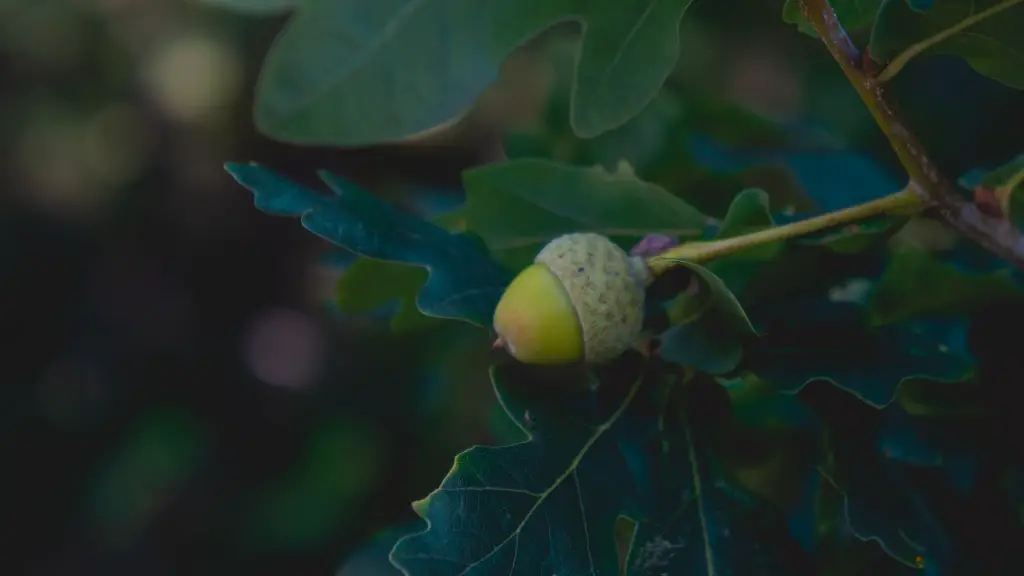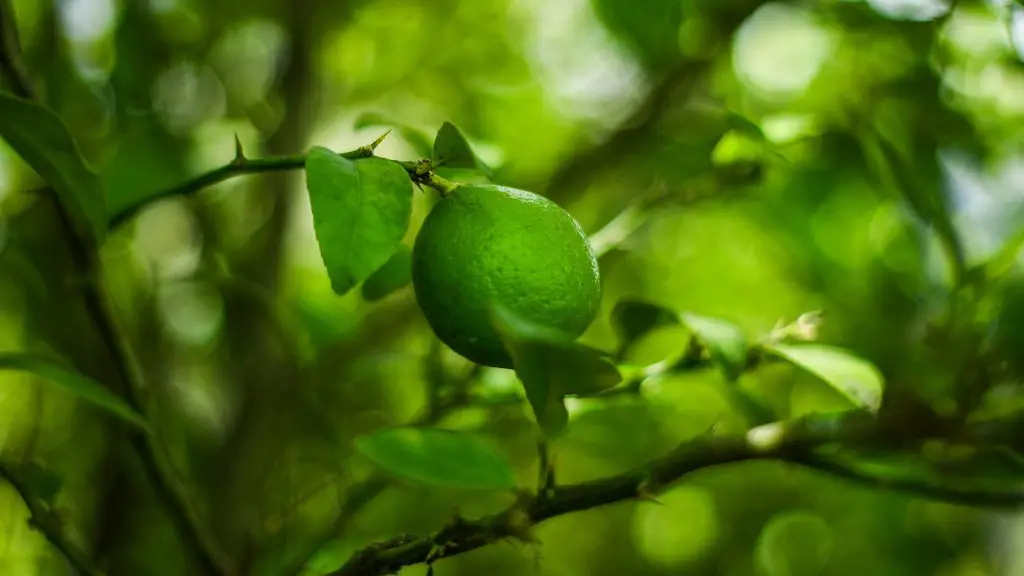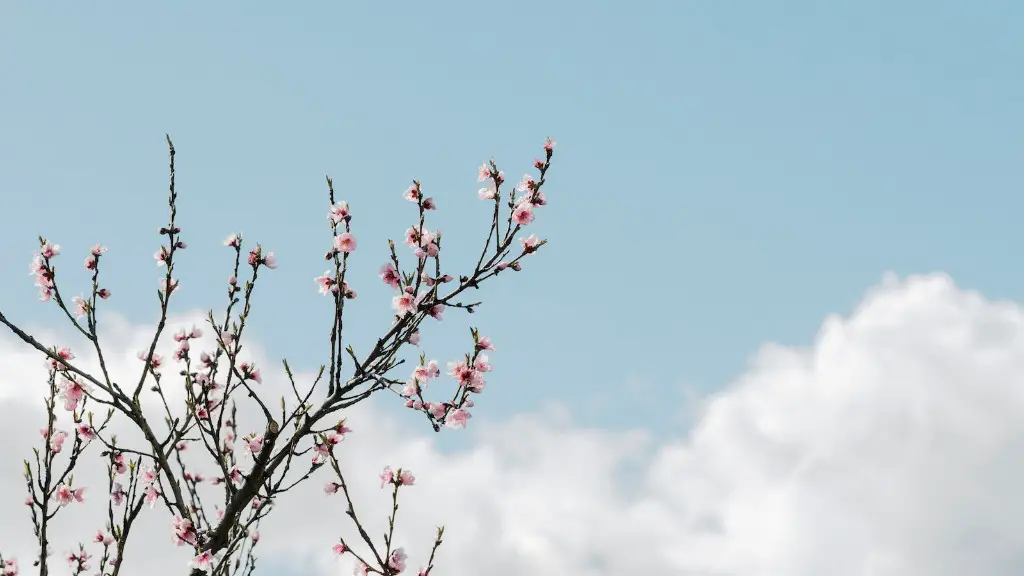What Bugs Are Eating my Cherry Tree?
Seeing damage to your cherry tree, whether it is leaves, bark, fruit, or even the entire tree, can be both heartbreaking and upsetting. It is important to know what is causing the damage, so that if there is anything you can do to prevent it or mitigate it, you can act quickly.
The damage done to a cherry tree can be caused by multiple pests, each of which have different methods of attacking the tree, as well as signs that they have been active on it. By learning the common pests and the signs of their presence, it may be possible to identify which pest is damaging your cherry tree and what needs to be done to protect it.
One of the most common pests to attack cherry trees is the Japanese beetle. These beetles feed on the leaves of the tree and can eat a large area of foliage in a short space of time. Japanese beetles are particularly active in late summer, but can be active from June until September. Signs that these beetles have been active include skeletonized leaves, which are leaves where most of the green material has been eaten. When these beetles have been active on a cherry tree for several weeks, the damage is noticeable, even from a distance.
Another common pest to attack cherry trees is the cherry slug. These slugs feed on the sap from the leaves and are most active in spring and fall. Even when cherry slugs are present in high numbers, they often go unnoticed, as they hide underneath the leaves when disturbed. The signs of a cherry slug infestation include small, round spots on the upper surface of the leaves with a brown border, and a mass of white or yellow “saponins” around the edges of the spots.
A third common pest to attack cherry trees is the oriental fruit moth. These moths feed on the blossoms and young fruits of cherry trees, as well as the twigs and buds. Affected branches will often die back completely, and the fruits will show signs of being eaten. The signs of their presence include webbing on fruits, reddish-brown frass on the ground around the base of the cherry tree, and the presence of frass-tipped leaves.
Carpenter Ants
Carpenter ants can also attack cherry trees, usually going after the sap located in the bark. The damage caused by carpenter ants is usually not visible at first, as they will bore through the wood of the tree to reach the sap. Signs that they may be active include sawdust-like material coming from the holes they have bored, as well as dark colored ants, typically from 1/4 to 1/2 inch in size, crawling around the tree trunk.
Carpenter ants pose a serious threat to trees, as the tunnels and chambers they construct weaken the tree and make it susceptible to falling over in high winds. If you suspect your cherry tree may be infested with carpenter ants, it is important to take action quickly, as the damage can be hard to reverse if the infestation is large.
It is also important to make sure the cherry tree is properly fertilized and watered. If the tree is healthy, the tree will be better able to resist pests and disease. A cherry tree that is healthy and vigorous will also be more likely to produce large, juicy fruits.
Pesticides
Most of these pests can be prevented or minimized by using pesticides. Organic options are available, and these are often the preferred method. If using an organic pesticide, it is important to make sure the instructions are followed carefully, as improper use can result in further damage to the tree.
Inorganic pesticides are available and may be more effective for certain pests. However, it is important to weigh up the pros and cons of using such products. If inorganic pesticides are used, it is important that they are not overused, as this can lead to other environmental issues such as killing beneficial insects.
It is important to remember that when using any type of pesticide, it is vital to read and follow all labels and precautions. Before applying a pesticide, it is always a good idea to talk to a plant specialist to determine the best course of action for your specific situation.
Diseases, Fungi and Other Pests
In addition to the pests discussed above, there are other pests, fungi and diseases that can damage a cherry tree. These include aphids, scale insects, spider mites, powdery mildew, and root rot. Each of these pests or diseases has its own distinct signs, so if you are unsure what is causing the damage to your cherry tree, it is always a good idea to consult with a professional to get an accurate diagnosis.
Prune Effectively
Regular pruning is an important part of maintaining a healthy cherry tree. Pruning your cherry tree not only helps improve its vigor, but can also help reduce the likelihood of serious damage from pests or diseases. Be sure to inspect the tree for any signs of disease before pruning, as removing diseased branches can spread the disease to other parts of the tree.
When pruning a cherry tree, it is important to watch for signs of pests or damage from pests. If you see any signs, it may be necessary to take additional steps to control the pest, such as using a pesticide or hand-removing the pests.
Experts Recommendations
Getting help from an expert is often recommended when trying to protect a cherry tree from pests and diseases. Plant specialists can often provide an accurate diagnosis of what is causing the damage, and can advise you on the best course of action.
In some cases, pest infestations can be so severe that chemical treatments may be necessary. If this is the case, it is best to consult with a professional pest control company. They will be able to assess the damage and advise you on the safest and most effective measures to take.
Inspect Regularly
Regularly inspecting your cherry tree for signs of pests and diseases is a good way to proactively deal with potential problems. By actively looking for signs of pests or diseases, you can often catch an issue before it becomes serious. This can help make sure your tree stays healthy and productive.
You can also use traps to monitor for pests. Traps such as sticky traps or pheromone traps can be used to monitor for pests such as Japanese beetles or cherry slugs. This can help you identify if there is an issue, before the damage gets too bad.
Conclusion
By learning about the potential pests that can attack a cherry tree, understanding the signs of their presence, and regularly inspecting the tree for signs of damage, it is possible to protect your cherry tree from potential pests and diseases. However, it is also important to seek professional assistance if the damage is severe or if other pests or diseases are present.




